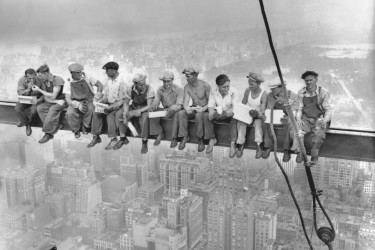While President John F. Kennedy was talking by phone with his brother, U.S. Attorney General Robert F. Kennedy, on the morning of Tuesday, June 12, 1963, he suddenly exclaimed: “Jesus Christ!”
The president’s outburst had nothing to do with their conversation. Rather, he was responding to a photograph taken the day before, splashed on the front pages of the newspapers just delivered to him. The photo showed 73-year-old Buddhist monk Thich Quang Duc engulfed in flames on a street in Saigon, South Vietnam while sitting calmly—it seemed—in the lotus posture. He hoped his drastic action might bring the world’s attention to what the Buddhists saw as the persecution against their religion by the Catholic regime of President Ngo Dinh Diem. Buddhist organizations had called for freedom from arbitrary arrest, the right to assemble in public, and an end to the supposed Catholic bias in appointing government officials.
Captured by Malcom W. Browne, the head of the Associated Press’s bureau in Saigon, the photo retains its ability to stop conversations to this day, making it an enduring symbol of the power of protest. Meanwhile, critics insist that the photo, and the reporting from Vietnam by Western newsmen including Browne, David Halberstam of the New York Times, and Neil Sheehan of United Press International, were responsible for Diem’s downfall and America’s ultimate defeat and humiliation in Vietnam.
But Browne had been determined, he insisted, only to provide his readers with a “continuous, honest assessment of the situation” in what he called “a puzzling war.” He believed that officials in Vietnam—Americans and South Vietnamese—should have tried to do the same. Browne thought that living in a free society meant a journalist had to “tell all of the people all of the truth all of the time. The newsman is obliged to fight forces that interfere with this vital process.”
Criticism continued to follow Browne. Later, when he reported on the war in the Persian Gulf in 1991, detractors back home accused him of harming the American cause in its fight against Iraq. “This is just silly, of course,” Browne said. “To the extent that America newsmen ‘took sides’ in either Viet Nam or the Persian Gulf, it was on the side of the United States.” For all societies at war, the important truth, he suggested, was the truth “that tells you ‘we are the good guys and we are winning,’ regardless of what team you’re on,” reflected Browne.








